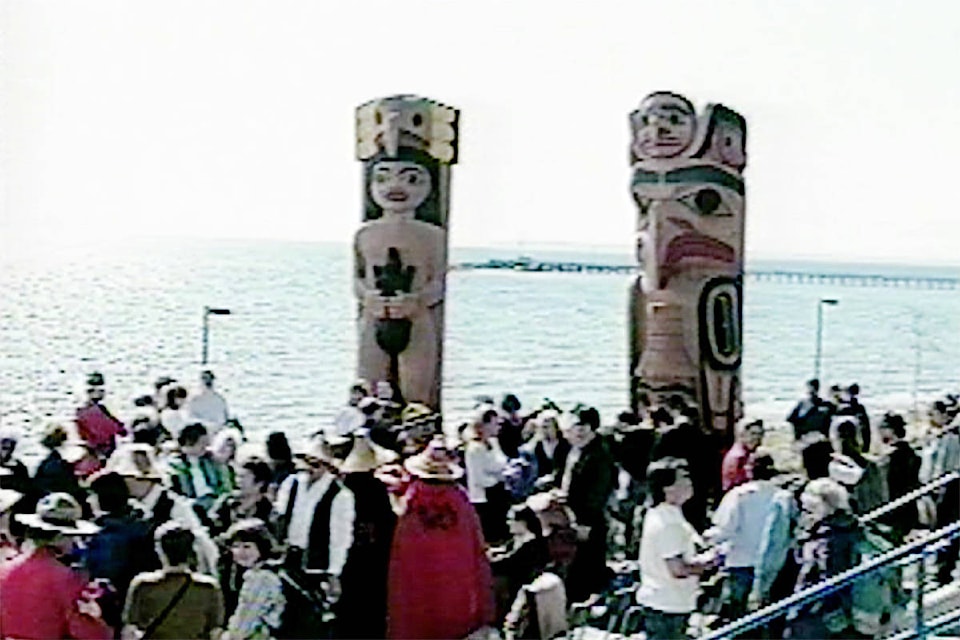The suggested renaming of Totem Plaza to honour the late Semiahmoo First Nation Grand Chief Bernard Charles – and resistance to acting in haste expressed by current Mayor Darryl Walker and former mayors Wayne Baldwin and Hardy Staub – is but the latest chapter in a long saga of historically repressive governments, subsequent good intentions and unfortunate missteps.
The Semiahmoo Peninsula, and a vast surrounding area on either side of the Canada-U.S. border, were the traditional territory of the Semiahma and related Coast Salish nations. But some 200 years ago this land began to be colonized by white settlers predisposed to consider the original inhabitants “savages” in dire need of Western “civilization.”
Thus began the lengthy era of the residential schools in which many generations of First Nations children – Semiahma among them – were cruelly separated from their parents and subjected to a most punitive form of social and religious re-education in the mistaken notion that they could, and should, be made to fit in with colonial society.
Flash forward to two decades ago, when the RCMP – keenly aware of its role in enforcing earlier unjust laws – sought to celebrate the 125th birthday of the force by righting past wrongs, symbolically at least.
Thus was White Rock’s Totem Plaza created, with funds raised from the public by the RCMP and the White Rock Lions Club, to showcase two totem poles commissioned by the RCMP from First Nations artist Robert Davidson and a team of apprentice carvers.
The intentions were clearly good, although it could be argued that the Canadian mainstream’s latter-day practice of commissioning First Nations art as a quick fix for expiating national guilt has come perilously close, at times, to cultural appropriation.
But many have forgotten that the RCMP project was a gesture of reconciliation not just to the Semiahmoo First Nation but to other First Nations across B.C. The poles carved consequently – and quite deliberately – represent both a Haida totem and also a Coast Salish house post.
That this has not been reiterated over the years is scarcely surprising – as Chief Harley Chappell also noted, local elders, after decades of suppression, have been understandably wary of discussing their culture, or correcting mainstream misunderstandings of it.
Charles, himself, was touched by the historic significance of the RCMP’s gesture. When he died in 2008, nobody argued against re-dedicating the plaza in his memory. And no-one disputes the Grand Chief’s worthiness for such formal recognition. But if it’s a step worth taking, it’s one worth taking prudently, and with respect for a new era of meaningful reconciliation.
